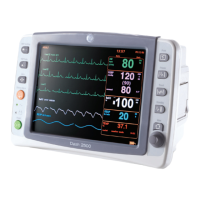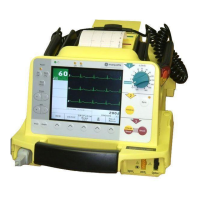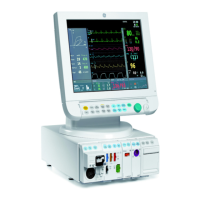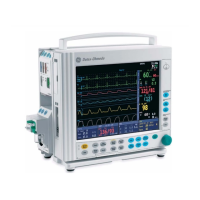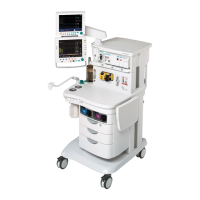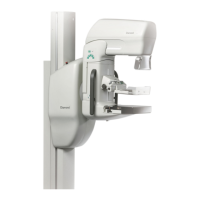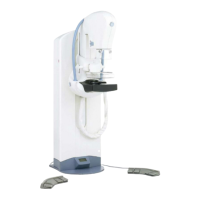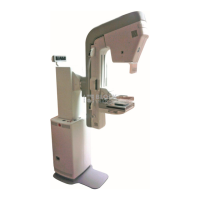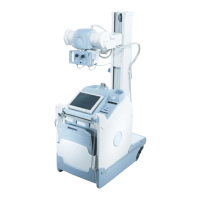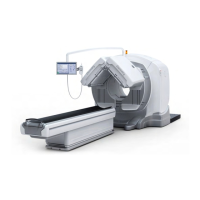Do you have a question about the GE DASH 3000 V5 and is the answer not in the manual?
Details the monitor's display elements like waveforms, parameter windows, and time.
Explains the function of direct action keys and the Trim Knob for navigation.
Identifies patient cable ports and defines terms like Hardwire and Telemetry.
Describes different monitor applications and procedures for admitting/discharging patients.
Guidelines for preparing skin and placing ECG leads for optimal signal quality.
How to enable, disable, and configure pacemaker detection modes for accurate monitoring.
How to perform ST analysis, view trends, and adjust ST deviation limits.
How to perform NBP, set auto mode, and adjust limits and cuff size.
Activating SpO2, using quality indicators, and patient preparation steps.
Explains the monitor's alarm structure, including patient and system status alarms.
Guides on setting parameter alarm limits and adjusting arrhythmia alarm levels.
How to retrieve vital signs data and view graphic trends for analysis.
Procedure for calculating drug dosages and accessing titration tables.
Equipment overview of the docking station's front and back views and connections.
Step-by-step guide for connecting and disconnecting the monitor from the docking station.
Procedure for setting up and calibrating the CapnoFlex LF CO2 module.
Common problems and solutions related to ECG monitoring and alarming.
Troubleshooting common issues with NBP and SpO2 readings and display.
Addresses common alarm issues, including ARRHY SUSPEND and PAUSE alarms.
Details the monitor's display elements like waveforms, parameter windows, and time.
Explains the function of direct action keys and the Trim Knob for navigation.
Identifies patient cable ports and defines terms like Hardwire and Telemetry.
Describes different monitor applications and procedures for admitting/discharging patients.
Guidelines for preparing skin and placing ECG leads for optimal signal quality.
How to enable, disable, and configure pacemaker detection modes for accurate monitoring.
How to perform ST analysis, view trends, and adjust ST deviation limits.
How to perform NBP, set auto mode, and adjust limits and cuff size.
Activating SpO2, using quality indicators, and patient preparation steps.
Explains the monitor's alarm structure, including patient and system status alarms.
Guides on setting parameter alarm limits and adjusting arrhythmia alarm levels.
How to retrieve vital signs data and view graphic trends for analysis.
Procedure for calculating drug dosages and accessing titration tables.
Equipment overview of the docking station's front and back views and connections.
Step-by-step guide for connecting and disconnecting the monitor from the docking station.
Procedure for setting up and calibrating the CapnoFlex LF CO2 module.
Common problems and solutions related to ECG monitoring and alarming.
Troubleshooting common issues with NBP and SpO2 readings and display.
Addresses common alarm issues, including ARRHY SUSPEND and PAUSE alarms.
| Resolution | 800 x 600 pixels |
|---|---|
| Battery Run Time | 4 hours |
| Respiration | Yes |
| SpO2 | Yes |
| NIBP | Yes |
| Temperature | Yes |
| Power Supply | 100-240 V AC, 50/60 Hz |
| Display Type | Color TFT LCD |
| Weight | 4.5 kg |
| Battery Type | Lithium-ion |
| ECG | 3/5 lead ECG monitoring |
| Parameters | ECG, RESP, SpO2, NIBP, Temperature |
| Connectivity | Ethernet |
| Display Size | 10.4 in (26.4 cm) |
| Battery Life | Typically 3 years |
